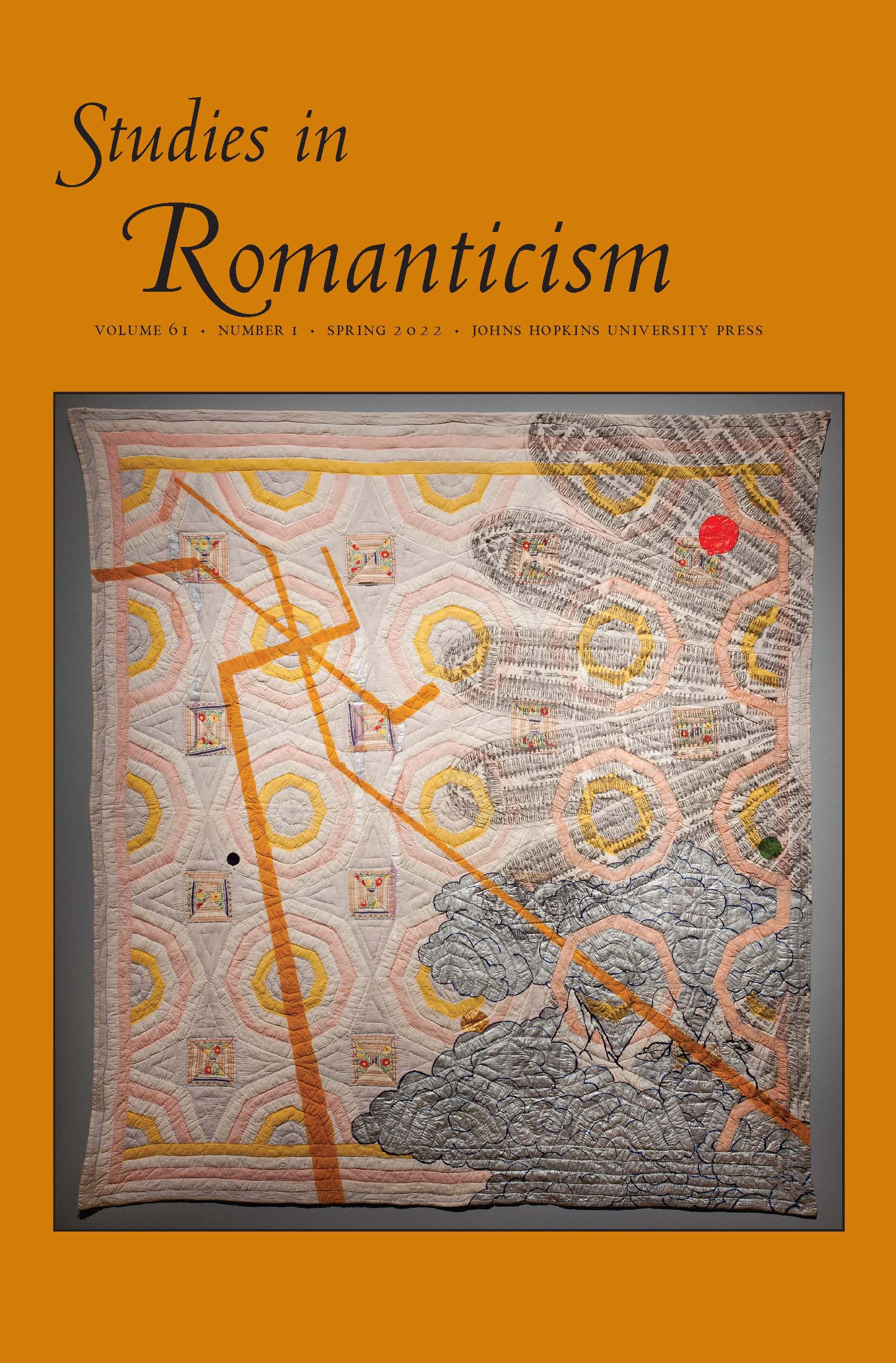Writing & Projects

Published
differences 1 September 2024; 35 (2): 109–131.
This article takes up the sonic slippages between black hole, black hold, and Black hold as a threshold for thought. Taking Evelynn Hammonds’s query “what is it like inside a black hole?” as an opening, the author explores the way geometric properties of space shaped not only the material dimensions (volume and capacity) of the hold of the slave ship but also the metaphysical violences that captive Africans underwent in the hold. Through poethical meditations on the hold of the ship, the essay offers Black holds as a practice of Black women’s sexuality. The essay concludes with an analysis of Rivers Solomon’s The Deep and its speculative imaginings of what holding and touch might offer us.
In Breath(e): Toward Climate and Social Justice, edited by Glenn Kaino and Mika Yoshitake. Delmonico Books (2024). 159-165.
With no way of knowing the end of the world, let me start at the beginning.
Literature and Medicine, vol. 42 no. 1, 2024, p. 7-9.
No one thought to look for her because she was already dead. No one had to ask how. The city was smoldering, fire devouring yellow-papered walls, couches with fur-covered indentations along the back, curtains hung up to let the light in just so, pictures with dimpled cheeks on sticky faces, beds with periwinkle duvets, Sunday dresses hung up and waiting to be pressed, black shoes with white socks, locs of hair, flesh, and bones, and bones, and bones, and bones.
In Cli-Fi and Class, edited by Debby Rosenthal and Jason Molesky. Under the Sign of Nature. Charleston, VA: UVA Press (2023). 133-148.
It might be best to attend to the silhouettes of my vexation this way: What forms of anti- Black weather are imagined, crafted, manifested, and insured in the present moment? In what follows, I am preoccupied with anti- Black speculative forms (including financial speculation, climate and weather forecasting, insurance underwriting, and speculative technologies). These speculative forms are the sinews connecting climate change and racial capitalism; they are especially significant as they shape racial capitalism’s (weather-dependent and - determinant, and not- so- distant) speculative futures.
Social Text 154, Vol. 41, No. 1(March 2023): 1-19.
This article turns to the minor Black matter of soil to map a provisional theory of Black alchemy. Black alchemy names an erotic and ethical orientation toward the Dead and dead matter. Sifting the metonymic, metaphysical, and material properties between (Black fleshly) matter and (earthly) matters, the article argues for an attention to the erotic relations among Blackness, soil, and Dead (matter). These relations disrupt and refuse the circuits of racial capitalism that establish both Black bodies and soil as sites of resource depletion and commodification. Turning to the syncretic knowledge system of Obeah and tinctures of grave dirt, cachexia africana and histories of dirt eating, and the 2019 performance and installation Dirt Eater by Kiyan Williams, the article asks, What are the practices of those who have collectively lived the end of the world and therefore are already dreaming the messy, dirty end of this one?
Studies in Romanticism 61, no. 1 (2022): 151-162.
The quandary before me—a blessing or a vexation, depending on one's perspective—is a deceptively simple one: how do we read?
Capilano Review 3.45 (Fall 2021): 76-86.
The awareness comes to her while she sits on the stairs outside of where the house used to be, a stick in her hand. She pokes at the mud, her other hand crammed beneath her chin as her mind wanders from thought to thought, steam curling around cracked and jagged figures in the earth.
In Lastgaspism: Art and Survival in the Age of the Pandemic, edited by Daniel Tucker, Dan Wang, and Anthony Romero. Soberscove Books Press (2022). 177-190.
You remember, don’t you? Edward Crawford throwing the tear gas canister. You must: it was August 2014, in the eighty-degree heat of late summer. The news of the stalking, threatening, choking, and murder of Michael Brown by Ferguson police officer Darren Wilson had just broke. It was the thirteenth and the Ferguson uprising had been ongoing since the ninth. Black rage was roiling through the streets; Black grief was bringing folks to their knees, hands up.
In Khalil-Jibade Huffman: Now That I Can Dance (2020-2021). 32-41
Or: the hardest part of being Black is never knowing—never being able to— rest.
Protean Magazine 1, no. 3 (Summer 2021): 68-77.
The sound of Black grief—hot and sticky as pitch—is the image of Mamie Till-Mobley collapsed beside her son’s coffin. In the photograph, Till-Mobley is surrounded by a small group of people, several of whom are men in clerical garb, the others bystanders or close friends and family. They’ve all gathered at Chicago’s Illinois Central Railroad station to await the arrival of the body of her son, her “Bobo,” her Emmett. He’d been dead several days already.
Journal of Literature and Medicine, Volume 38, Number 2, Fall 2020, pp. 239-241
We’ve been here before.

















